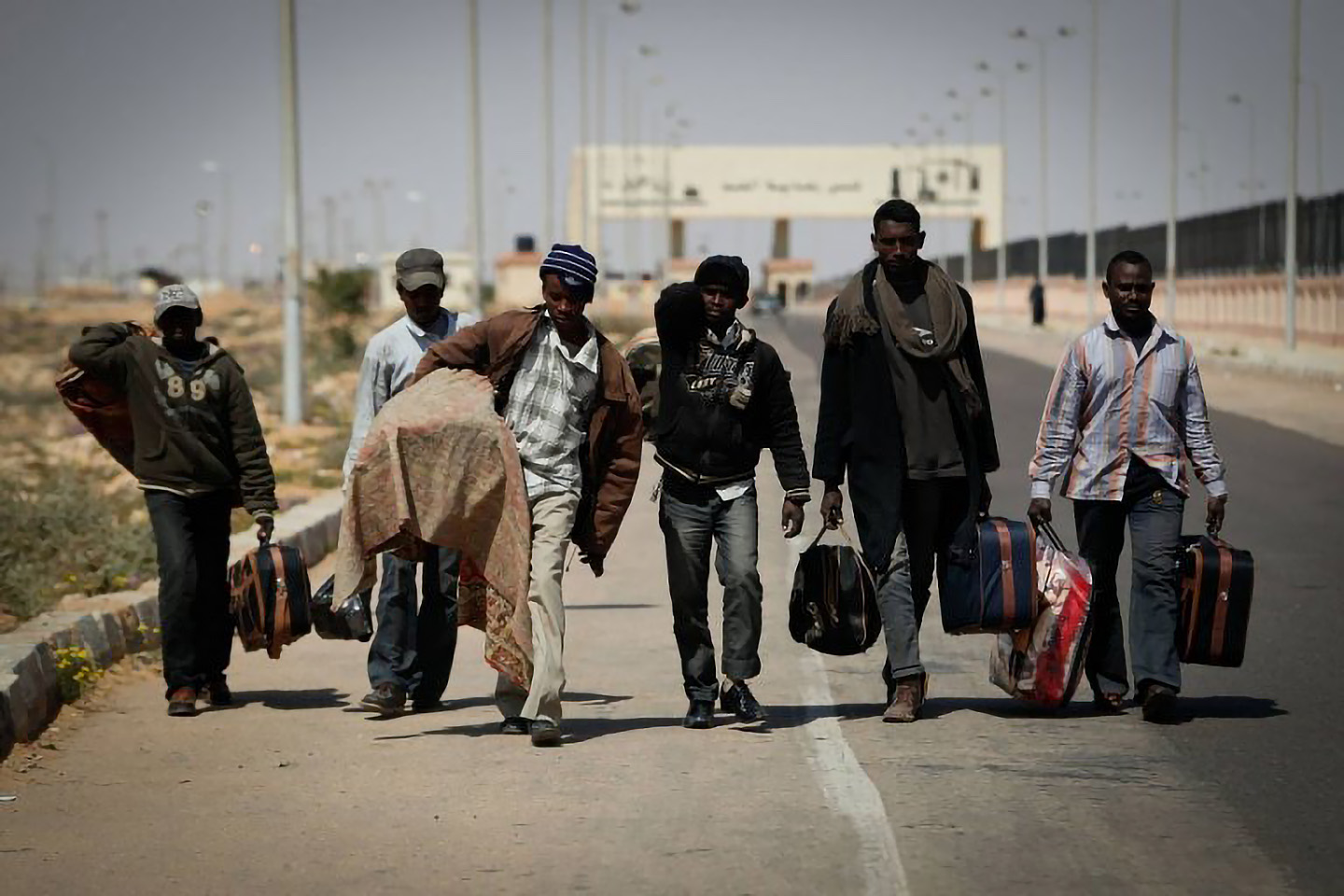Exploring onward migration of refugees and migrants from East Africa
Economic crises of a different nature in recent years have led to the emergence of the phenomenon of onward migration. According to scholars, this term refers to the reactivation of migration of migrants from third countries who, after acquiring citizenship of an EU country in southern Europe, undertake a movement towards central and northern countries.
The report Moving On – Exploring onward migration of refugees and migrants from East Africa by the Mixed Migration Centre (MMC) adopts an evidence-based approach to the study of onward migration, examining the dynamics of onward migration and policy responses, with a particular focus on the East African region.
The paper considers how the phenomenon of onward migration has been treated in the global migration literature, including the various ways in which onward migration has been defined. The policy landscape is then explored, focusing on national and regional policies that have a direct and indirect impact on onward migration.
The research draws on 340 interviews with refugees and migrants engaged in onward migration in East Africa to explore the profiles of people engaged in this kind of migration, their aspirations and their decision-making process.
Many refugees and migrants do not follow a linear migration journey leading from a set starting point to a set destination. They may not remain in their initial country of arrival, they may be pushed or forced to choose alternative destinations or routes, or they may unexpectedly settle in a country through which they intended to transit.
Refugees and migrants often continue to move in search of safer or better circumstances, either by choice or because they are forced to do so. This movement from an initial destination to a new destination due to a variety of factors, known as onward migration, is related to mixed migration. As many people who undertake onward migration journeys move along mixed migration routes, onward migration can be both irregular and regular, and legal status can change along the journey.
This fluidity poses challenges to policymakers on how to regulate such movement and raises protection concerns, particularly for those with a mandate to assist refugees and migrants. The situation of people experiencing onward migration is more and more urgent, as regular routes are increasingly limited and people undertake risky and irregular migration journeys.
The interviews, conducted in Djibouti, Ethiopia, Eritrea, Kenya, Somalia and Yemen, covered people moving to Ethiopia, Kenya, Saudi Arabia and Sudan. The main factors that prompted respondents to migrate were economic factors (58%), violence and insecurity (51%) and lack of rights (51%).
In line with the driving factors, many respondents chose their destinations because of better standards of living than in their country of departure, personal freedom, freedom from oppression and access to better education. Most respondents worked as a manual worker or were unemployed before starting their migration journey. Legal status in the country of departure varied: 60% of respondents reported being ‘migrants’, and 38% identified themselves as refugees or asylum seekers in the country of departure.
From the interviews emerges that family and friends are crucial in making decisions before and during the subsequent journey. Family and friends were the main source of information about the journey and most respondents also declared that friends helped them to start their journey. However, traffickers played an increasingly important role along the migration journey.
For all these reasons, and because of the continuing economic crises in ever faster cycles, onward migration is a phenomenon that policymakers need to take into account to guide their decisions.

